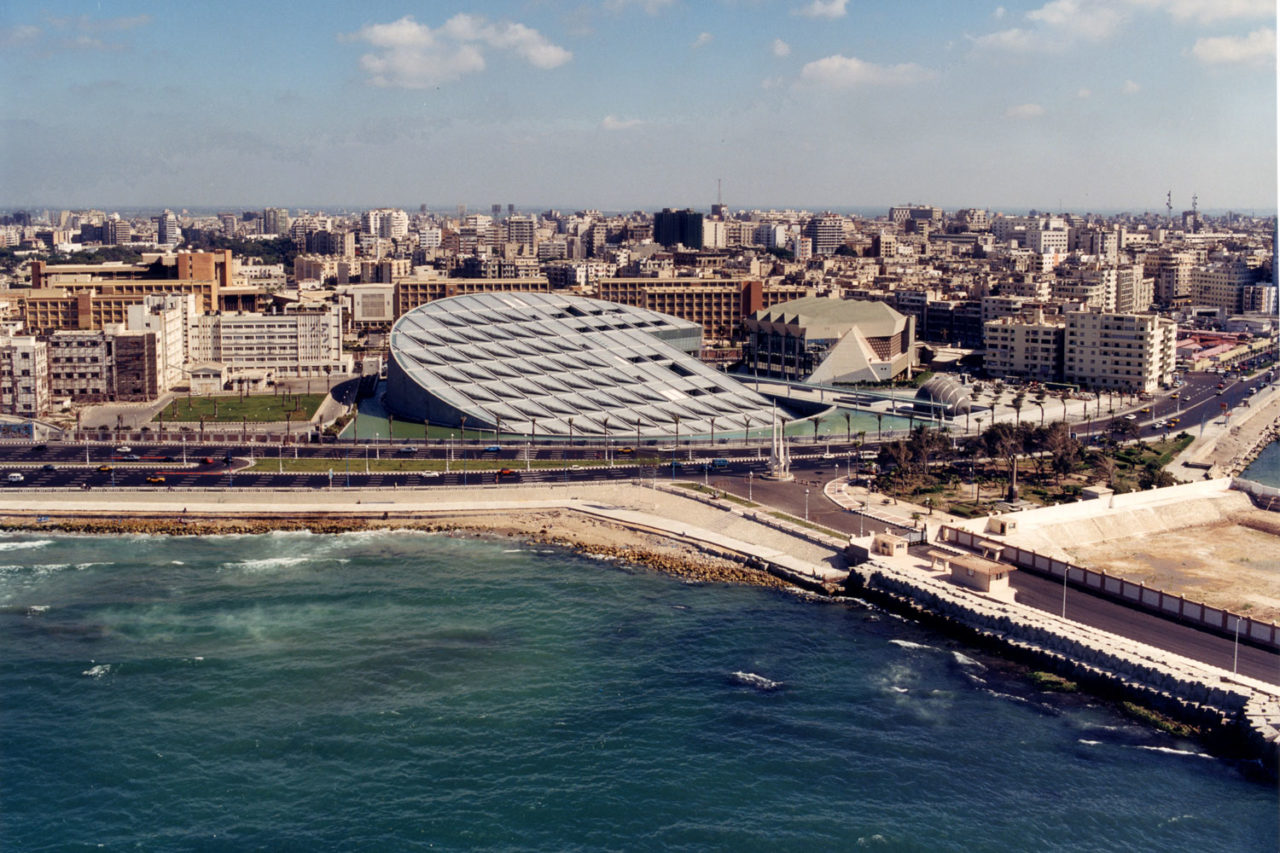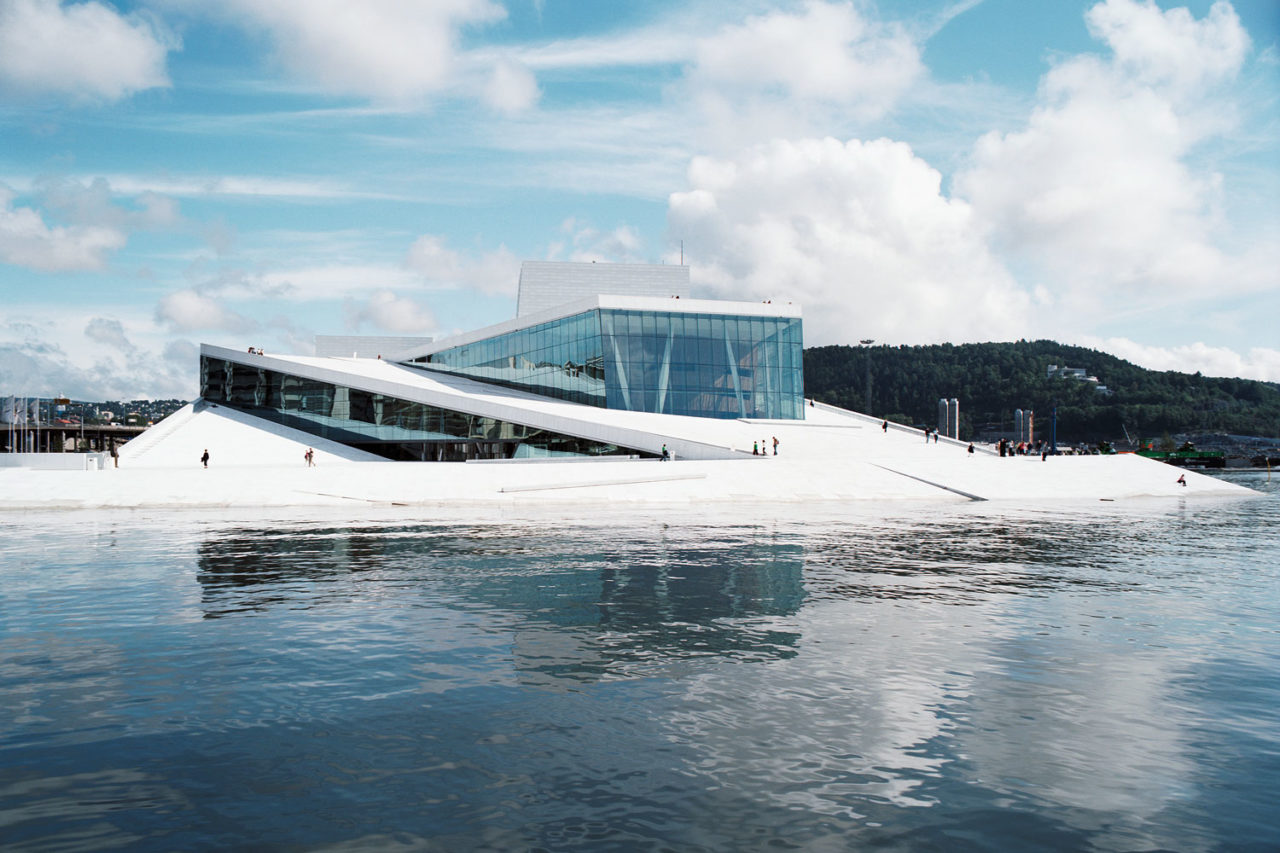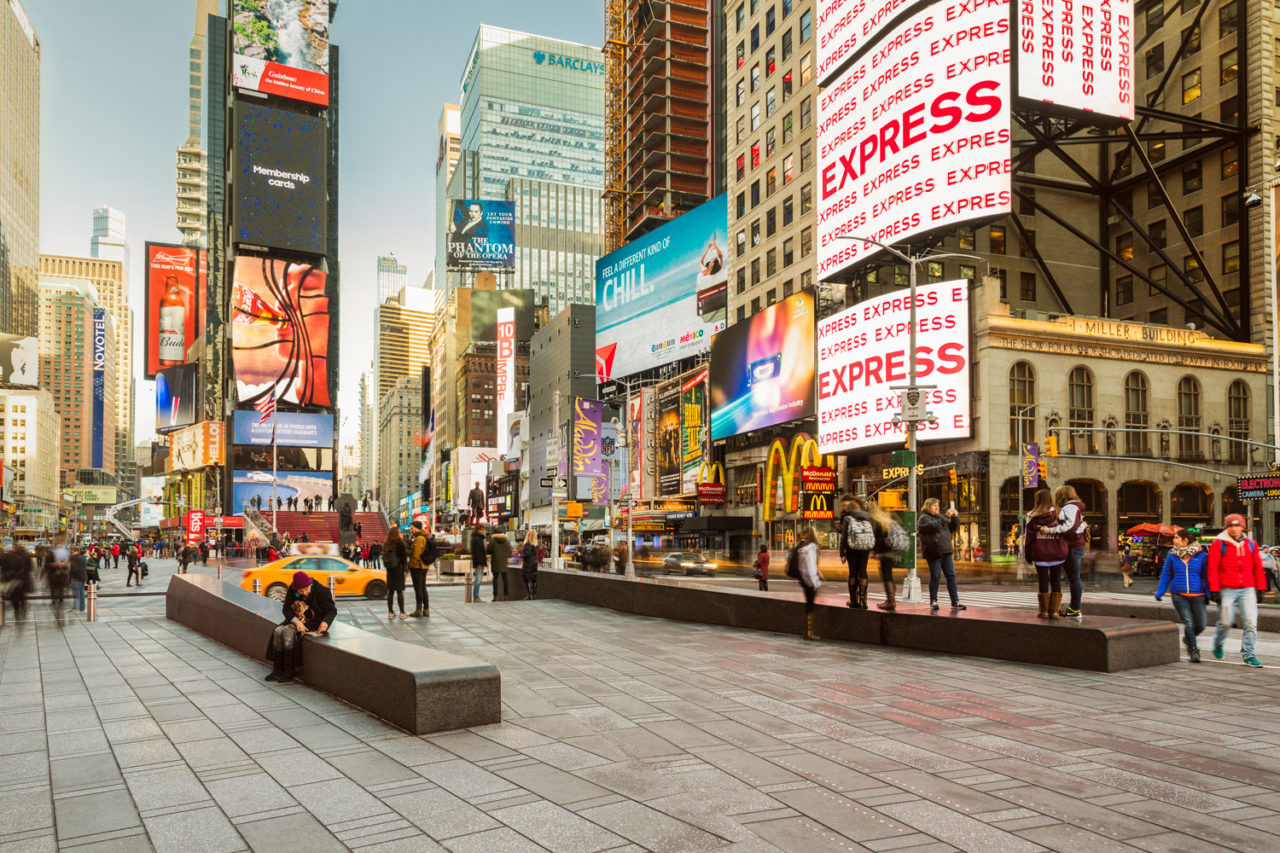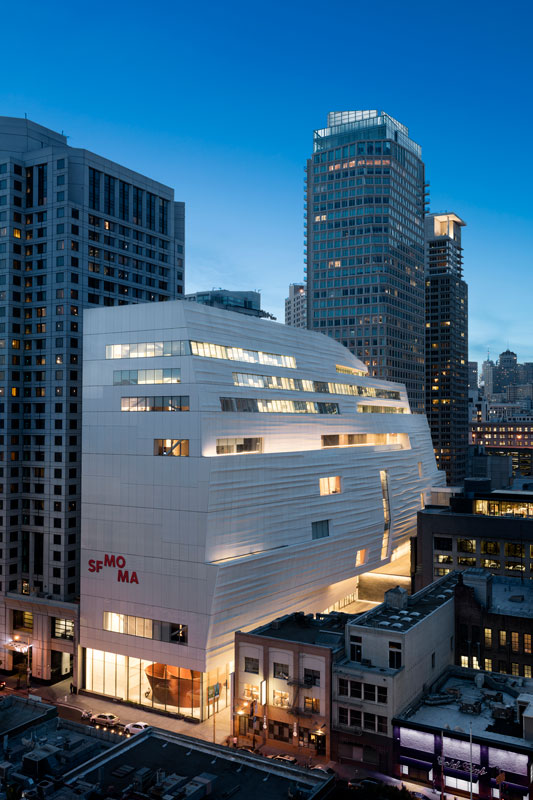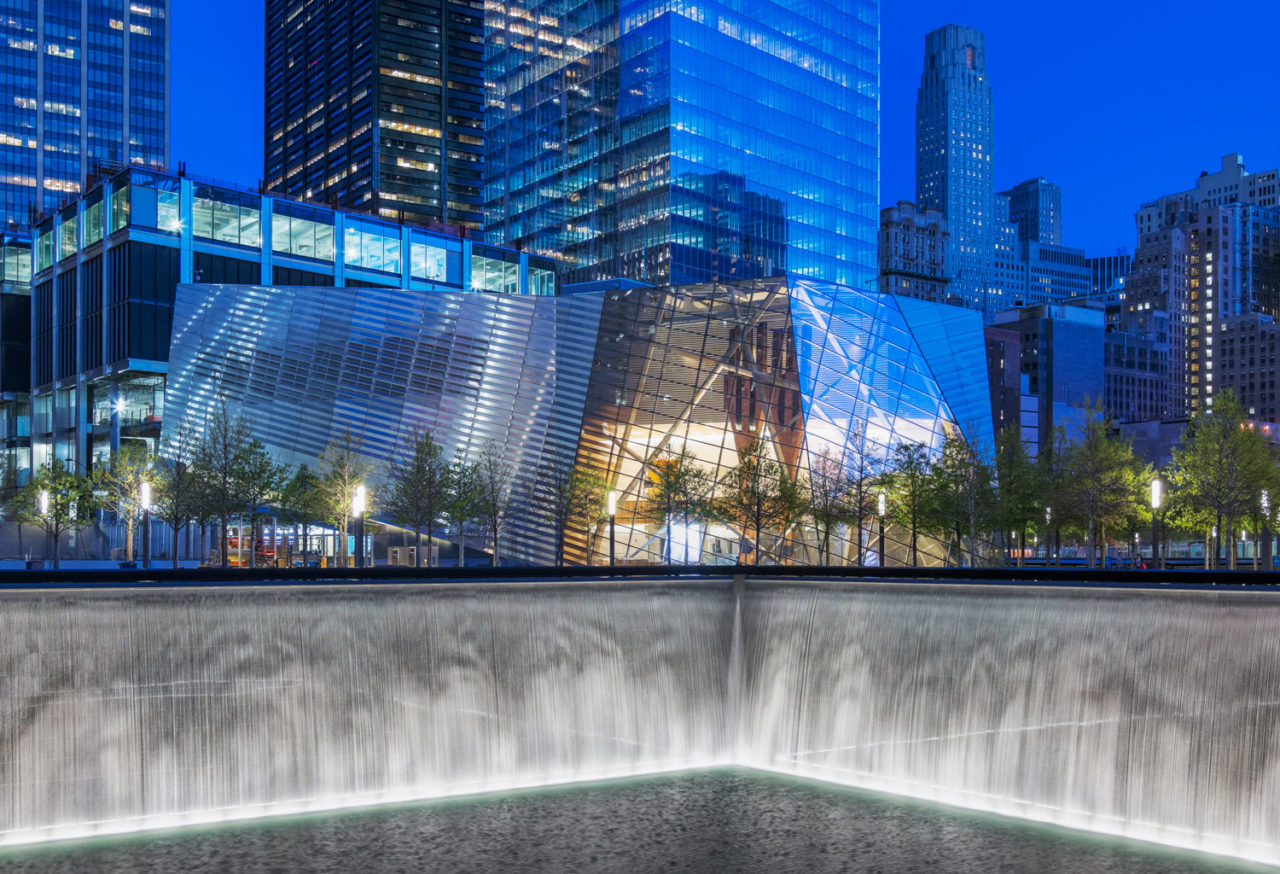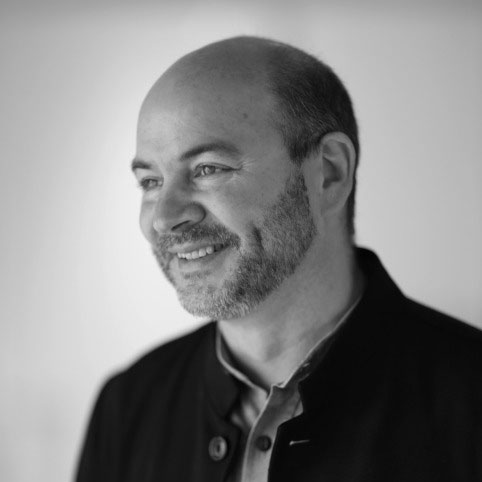by: AIA New York
Craig Dykers, Founding Partner Architect, Snøhetta, FAIA, LEED AP, Int FRIBA, FRSA, RAAR, is internationally recognized for the development of architecture and landscape design with a singular and timeless response to the interactions of human nature and the natural world. The unique aesthetic of this approach has shown that everything from the smallest to the largest scale can promote social diversity and environmental responsibility that positively impacts cities, habitats, and people. This sensibility has now entered the lexicon of design practice as Dykers’s work serves as case studies and sources of inspiration in architectural publications and educational programs around the world.
This year, the Jury of Fellows of the AIA elevated Dykers to its prestigious College of Fellows in the first category of Fellowship, which recognizes architects who have “Promoted the aesthetic, scientific, and practical efficiency of the profession,” according to the organization’s definition. Now among the AIA membership’s three percent distinguished with Fellowship and honorary Fellowship, Dykers was recognized at the New Fellows Reception hosted by AIA New York and was honored further in June at an investiture ceremony at the AIA Conference on Architecture in New York City.
Q: What is your proudest achievement as an architect, or a favorite project you’ve worked on?
A: I always feel that it is our role to build an appreciation for life across all of our projects. This was of particular importance for me at the World Trade Center site in New York City, where we were commissioned to design what was at the time the only cultural building on the site. We often said that if we could nurture one smile at a place with so much sorrow, we would have been successful. Shortly after the building opened I saw a young girl dancing and smiling at her reflection in the glass of the pavilion we designed. At that moment I felt our work had real significance. I had the same feeling when we learned that many years after the opening of our Bibliotheca Alexandrina library in Egypt, during the uprisings of the Arab Spring, the people of Alexandria came together across political differences to form a human chain around the library to protect it from harm. If our work is able to give people such a sense of ownership and commitment to their place, then that is a gift I cherish.
Q: What is your earliest memory of experiencing architecture?
A: I grew up in Darmstadt, Germany where the famous Jugendstil artist colony was located. The architect Joseph Olbrich created many fine buildings there, alongside works by Peter Behrens. I did not know who Olbrich or Behrens were at the time, but I loved the freedom and subtlety of the work. I was also captivated by the beautiful gardens. The building I remember most is the Mathildenhöhe, or Five Finger Tower, by Olbrich. It is a wildly radical expression of the Jugendstil movement that is barely recognizable as any style at all. As a child, it made me think hard about what a building is, or in other words, what the difference between a building and architecture is. My father helped nurture this connection to art, architecture and cities in me when I was young.
Q: What is influencing your work the most right now?
A: It is increasingly important to understand the consequences of the proposals we make, and their impact on human behavior. I am interested in ontology, anthropology and neuroscience. I continue to be interested in breaking down barriers between disciplines so that there is less segregation between architecture, landscape, interiors and the arts.
Q: What are you working on right now, or what is your next big project?
A: One of our most exciting larger projects at the moment is a master plan for an automotive company. The project allows us to rethink mobility and workplace design. Improving the lives of people hard at work is something to be very happy about. In the smaller-scale world, we are working on a couple of small installations for the Museum of Sex in New York. It is nice to find a sense of openness to human behavior with this project, especially on a subject that can be taboo for many.
Q: What does being a Fellow mean to you?
A: It is always a pleasure to be recognized by peers and professionals. I have an honorary Fellowship from the Royal Institute of British Architects and the Royal Society of Arts and Manufacturers in England, so it is good to have a similar connection to my work in the USA, especially since I am American.
Editors’ Note: This feature is part of a series celebrating the 28 members of the American Institute of Architects (AIA) New York Chapter that have been elevated to the AIA College of Fellows in 2018, an honor awarded to members who have made significant contributions to both the profession and society. Learn more about Fellowship here.








